“I didn’t choose the thug life, the thug life chose me.” —Tupac Shakur In the last few years, several young rappers the world over have lost their lives to overdose or violent crime. Hip hop has a higher rate of homicide than any other genre of music, ranging from five to 32 times higher. But, until now, Indian fans of hip-hop have only read about these deaths by misadventure. The killing of popular rapper Sidhu Moose Wala on Sunday, 29 May, now links India to this circle. And like many rappers that Moose Wala emulated, his lyrics talked about death, drugs and guns. Prophetically, his last song ‘The Last Ride” featured an image from the crime scene of his idol the slain rapper Tupac Shakur’s assassination. Shakur was also shot and killed sitting in the front right-hand seat of the car. Listening to the lyrics, you can’t help wonder whether he had a death wish. [caption id=“attachment_10738981” align=“alignnone” width=“640”] 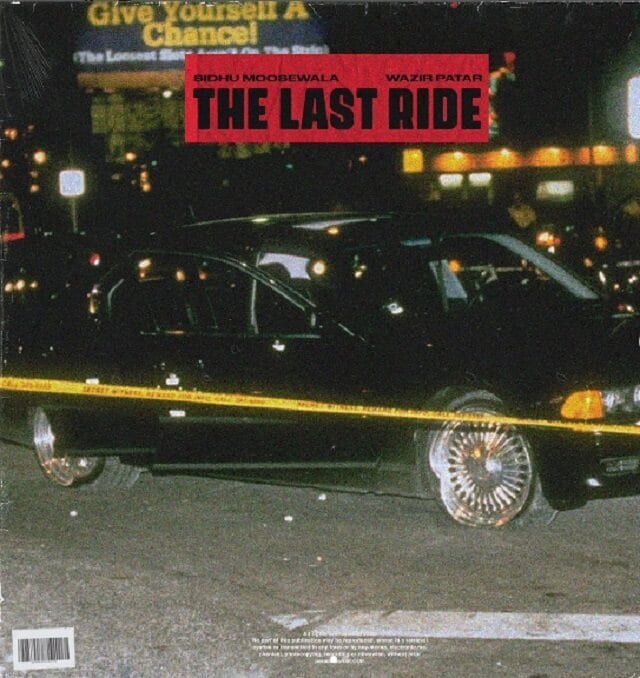 Image courtesy: Instagram/sidhu_moosewala[/caption] Two studies in the mid-2010s concluded that murder was the cause of 51.5 per cent of American hip hop musician deaths, with the average age of death at 25-30 years of age. At least 48-50 rappers have been killed. Some reasons cited for the high homicide rate include poor background of many artists, criminal gang activity, drug use, and poor pastoral care among artists and record labels. In 2020, out of 77 rapper deaths they examined, more than 40 remain unsolved, including the murder of Tupac Shakur, the murder of the Notorious B.I.G. and the murder of Big L. [caption id=“attachment_10739011” align=“alignnone” width=“640”] 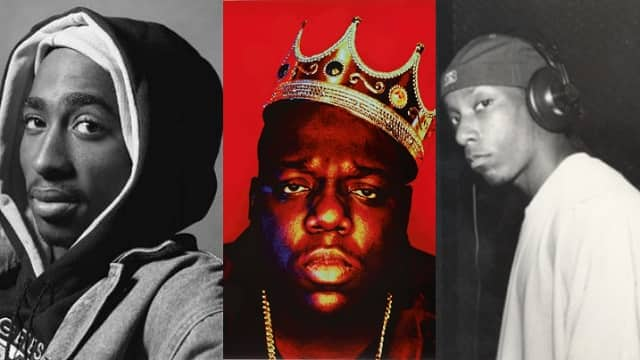 (From left) Tupac Shakur, Notorious B.I.G. and Big L. Composite: Wikimedia Commons & AFP[/caption] Moose Wala started his career as a songwriter for the song “License” by Ninja, and began his singing career on a duet song titled “G Wagon”. Following his debut, he collaborated with Brown Boyz for various tracks which were released by Humble Music. Moose Wala gained wide attention with his track “So High”. In 2018, he released his debut album PBX 1, which peaked at 66th on Billboard Canadian Albums chart. Following the album, he started releasing his songs independently. His 2019 single “47” was ranked on the UK Singles Chart. In 2020, Moose Wala was named by The Guardian among 50 up and coming artists. [caption id=“attachment_10739041” align=“alignnone” width=“640”] 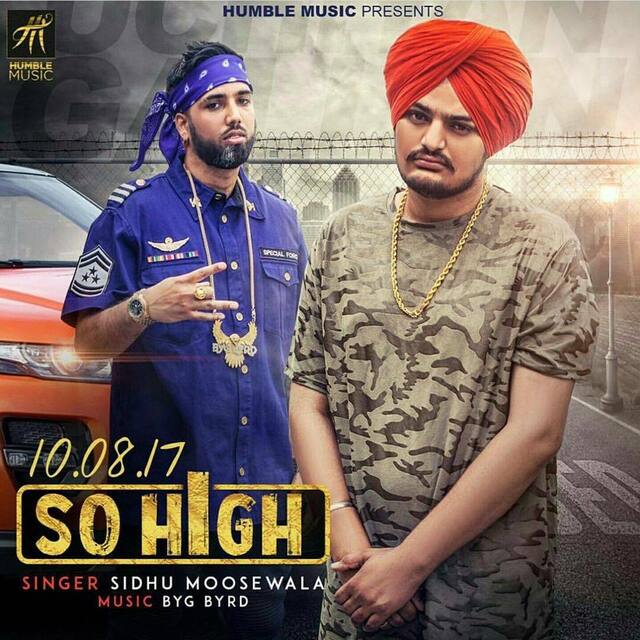 Photo courtesy: Facebook//SidhuMooseWala/[/caption] Ten of his songs have peaked on UK Asian chart, two of which have topped the chart. His song “Bambiha Bole” was among the top five on the Global YouTube music chart. In 2021, he released Moosetape, tracks from which charted globally including Canadian Hot 100, UK Asian, and New Zealand Hot charts. Moose Wala was known for his controversial lyrical style, often promoting gun culture, while also challenging religious sentiments as was the case related to Mai Bhago, a revered figure in Sikhism. He had faced legal challenges for promoting gun culture and using inflammatory and inciting lyrics in his songs. [caption id=“attachment_10739051” align=“alignnone” width=“640”] 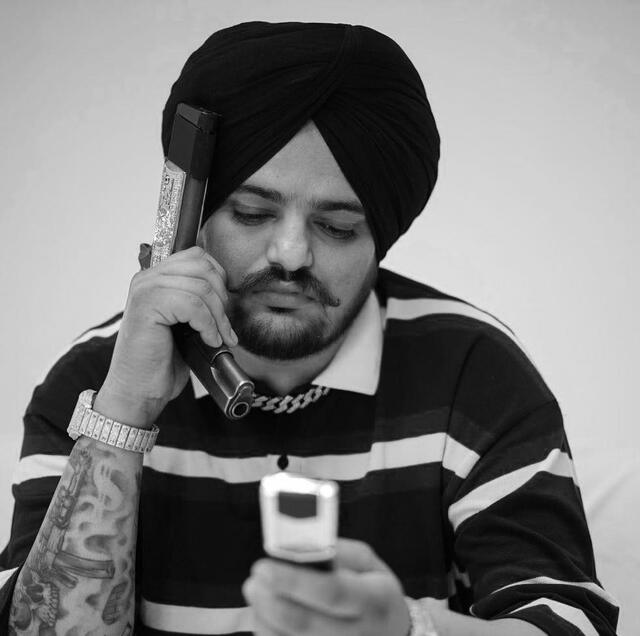 Photo courtesy: Facebook//SidhuMooseWala/[/caption] As of 2022, there were four ongoing criminal cases against him. Moose Wala was a member of the Indian National Congress, and unsuccessfully contested the 2022 Punjab Assembly election from Mansa. In December 2020, Moose Wala released the single “Panjab: My Motherland”, in which he glorified slain Khalistani separatist Jarnail Singh Bhindranwale. The song also includes visuals from a speech made by Khalistani supporter Bharpur Singh Balbir in the late 1980s. Following the various successful songs with Humble Music, Moose Wala started releasing songs independently in 2018. He released the first song “Warning Shots”, which was a diss track attacking Karan Aujla’s track “Lafaafe”. In the same year, his debut album PBX 1 was released under T-Series, followed by the release of most of his tracks under his own label, as well as tracks from other artists. In 2020, Moose Wala released his second studio album Snitches Get Stitches under his own label. On 31 August 2020, Moose Wala officially launched his record label, 5911 Records. His killing has triggered many questions in India regarding why his security was downgraded by the AAP government? Despite having a bullet proof vehicle why did he move around in an unprotected car? How did the assassins have prior knowledge about his movement as was apparent in the CCTV footage of his vehicle being tailed? While the politics continues to rage after his killing, elsewhere rappers are dying early because of reasons ranging from inter-gang rivalry, generations of rappers selling drugs to get out of poverty and overnight success. Possibly the most celebrated feud took place between Biggie Smalls (Christopher Wallace) and the equally legendary Tupac Shakur. Both were killed within a short span of time. They had a background of being involved in drug mafia, criminal activity and the infamous rivalry between the East and West Side. At some point they were friends but the fallout happened equally fast. Their killings form a classic case study. What they experienced; their nihilism; eulogising the gun culture and “gangsta rap” were all forms of expression. It was meant to connect with other Blacks whom they felt were marginalised; suppressed by the system and beaten down by racist white supremacy. Ironically, as they became famous, the threat to their lives increased due to jealousy, gang rivalry, turf war and political fallout. Not just Biggie and Tupac but quite a few of the others who were killed had begun living prosperous lives. They aspired to have their own clothes and perfume labels. This was best personified by Puff Daddy who later changed his title to P Diddy. Fifty Cents survived being shot several times to tell his story. In many ways the assassination of Moose Wala completes the picture. In his case, a Canada-based gangster Goldy Brar claimed responsibility for the killing. He alleged (through a Facebook post) that he along with jailed gangster Lawrence Bishnoi had engineered this assassination as the singer’s name had figured in the killing of Akali leader Vicky Middukhera and his cousin Gurlal Brar. While Middukhera was shot dead in Mohali last year, Brar was gunned down in Chandigarh. Satinder Singh, alias Goldy Brar, is a close associate of gangster Lawrence Bishnoi. He was involved in an extortion racket being run in the state. It is alleged that he had a hand in the murder of a Youth Congress leader Gurlal Pehalwan. He is now living in Canada and is operating from there through a module in Punjab. Brar is a native of Faridkot district in the state. Of late, Punjab as well as the neighbouring state of Haryana and the national capital of Delhi are seeing a turf war between the gang of jailed gangster Lawrence Bishnoi and that of slain gangster Davinder Bambiha. [caption id=“attachment_10739081” align=“alignnone” width=“640”] 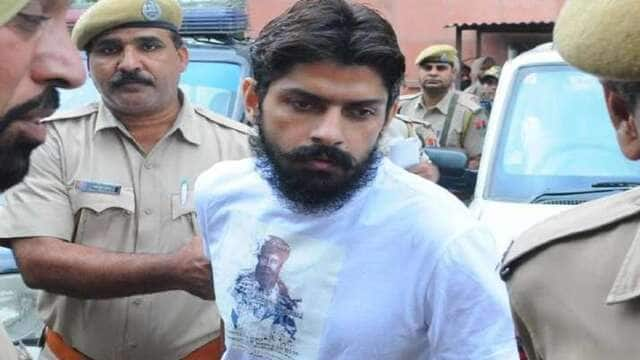 Lawrence Bishnoi. PTI[/caption] Rewinding to the killing of Tupac Shakur, Washington Post had then reported: Columnist Courtland Milloy took a deeper listen and found some depth in an artist he had been quick to dismiss at first. (“Shakur’s death was a reminder… of how times have changed since black people were in a civil rights struggle against the system. Now we are at one another’s throats, and the role of gangsta rap in all of this is a matter of considerable debate.”) Poet Kenneth Carroll mourned the loss of Shakur’s talents but blasted the way he had applied them. (“As positive, powerful and profound as some of Tupac’s songs were, they do not begin to atone for his unforgivable crimes of denigrating women and calling for the murder of other young black men.”) Some of music’s biggest stars have been shot to death — Sam Cooke, Selena, John Lennon, and Marvin Gaye, among them. Numerous rap and hip-hop luminaries have died this way, too, including legends like Tupac Shakur and Christopher Wallace — and, more recently, Nipsey Hussle and Pop Smoke. A 2015 study out of Australia, in fact, computed that slightly more than half the rap and hip-hop artists who had died up to that point were homicide victims. Many rappers had a premonition about living truncated lives. “I don’t wanna live no more, sometimes I hear death knockin’ at my front door.” – Biggie Smalls. Moose Wala’s last song ‘The Last Ride’ was reportedly a tribute to rapper Tupac Shakur, who was shot dead in his car at the age of 25 in 1996. Ominous lyrics from the song: “Ho chobbar de chehre utte noor dassda, ni ehda uthuga jawani ch janaja mithiye (everything is revealed in the eyes of the young boy that the funeral will take place in its youth).” The author is CEO of nnis. Views expressed are personal. Read all the Latest News , Trending News , Cricket News , Bollywood News , India News and Entertainment News here. Follow us on Facebook, Twitter and Instagram.
Some of music’s biggest stars have been shot to death — Sam Cooke, Selena, John Lennon, and Marvin Gaye, among them
Advertisement
End of Article


)

)
)
)
)
)
)
)
)



